More about Dreams #1
- All
- Info
- Shop

Contributor
Jacob Lawrence is one of those rare souls who managed to push against an infinite stream of negative messages and thrive in the notoriously exclusive "art world" of the mid-20th century.
Lawrence's 1965 gouache-on-paper artwork Dreams #1 sets his thoughts into stark relief. In the service of his creative vision, he ingested, interrupted, reconfigured, interpreted and hid narratives, often stacking them and folding them into one another, painting as if he were a poet writing or a musician playing a song. The figures in the painting are not black like people are "black" and "white"; they are literally black, as if to suggest an inner sense of weight, a strength of emotion and sensation. As Gilles Deleuze wrote of Francis Bacon, the artist makes visible the invisible, the darkness which could be both clinical depression, which Lawrence endured, and the darkness of the night immediately before sunrise, the nihilism that clears the pathway for faith and trust.
The essential narrative in this kind of thought, that of the relationship of the good and the bad, the accursed and blessed, the sacred and profane, is the series of narratives of the five books of Moses, hence the symbolism of the cross hanging between the heads of the couple in the bed. Given the toothy grimace of the man and the hunched pose of the woman, the cross could be a sword of Damocles, holding the couple's problems over them. It could also be concealing a narrative of exile and captivity within a narrative of martyrdom: as James Arthur Baldwin wrote in the New York Times two years after Dreams #1: "It is not the Jew who controls the American drama. It is the Christian." And yet the entire narrative of Christ is based on the narratives of the escaped slave Hebrews, and Lawrence would invoke the term "Promised Land," referring to the redemption of the Hebrews, in the title of his book on Harriet Tubman.
Like his contemporary, James Baldwin, Lawrence grew up in Harlem, the Harlem of the Cotton Club and Cab Calloway, and he placed his artwork within a series of themes which run through the Abrahamic faiths: creation ex nihilo, salvation, redemption, exile, and bondage.
Anothet notable connection between Baldwin and Lawrence is that, like many other artists, they rarely, if ever, used the term "African-American," although they watched it come into vogue and replace, in journalistic circles, the term "Negro," and eclipse the term "Black." Perhaps this is because "African-American" both clarifies and obscures the Middle Passage, the inaugural moment of exile which drew the world into modernity, by collapsing together those who chose to migrate from Africa and those who were not only commodities but financial instruments, the initial inspirations for the life insurance industry, the disavowed ancestors of many white people, and so on. The figures in Dreams #1 are the unconscious spirits of American history, built on the land of indigenous people and runaway slaves. "African-American" emerges from academia, and although Baldwin and Lawrence both reached the heights of their influence as college professors, neither of them studied for a college degree. Dreams #1 shows insight drawn from a non-academic education, the kind that universities love.
Sources
- Baldwin, James Arthur. "Negroes Are Anti-Semitic Because They're Anti-White." The New York Times, Apr. 9, 1967. http://movies2.nytimes.com/books/98/03/29/specials/baldwin-antisem.html.
- Deleuze, Gilles. Francis Bacon. New York: Continuum, 2005.
- Diamond, Anna. "Why the Works of Visionary Artist Jacob Lawrence Still Resonate a Century After His Birth." Smithsonian Online, Sep. 5, 2017, https://www.smithsonianmag.com/smithsonian-institution/why-works-vision…
- Hills, Patricia. "Jacob Lawrence as Pictorial Griot: The 'Harriet Tubman' Series." American Art 7, no. 1 (1993): 41-59.
- Hills, Patricia. Painting Harlem Modern: The Art of Jacob Lawrence. Berkeley: University of California Press, 2019.
- "Interview with Jacob Lawrence and Gwendolyn Knight Lawrence by Connie Bostic," Black Mountain Studies Journal, http://www.blackmountainstudiesjournal.org/volume3/3-1-interview/.
- Lawrence, Jacob. Harriet and the Promised Land. Logan, IA: Perfection Learning Corporation, 1999.
- Rupprecht, Anita. "Excessive memories: Slavery, insurance and resistance." History Workshop Journal 64, no. 1 (2007): 6-28.

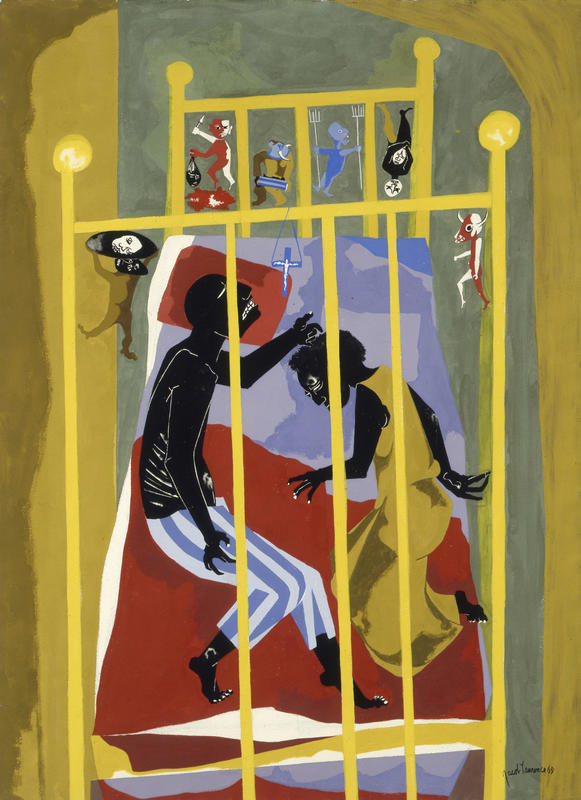
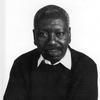

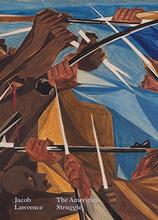
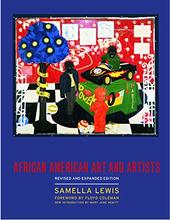
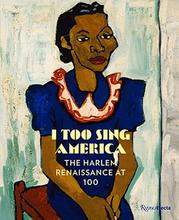








I am intrigued about the meaning and layering in Dreams #1 painting. It reminds me of night terrors and sleep paralysis. It is almost disturbing and frightening. I am interested in the cross hanging from the bedpost by the feet. When first looking at this painting it seems that they are in a jail cell of some sort.